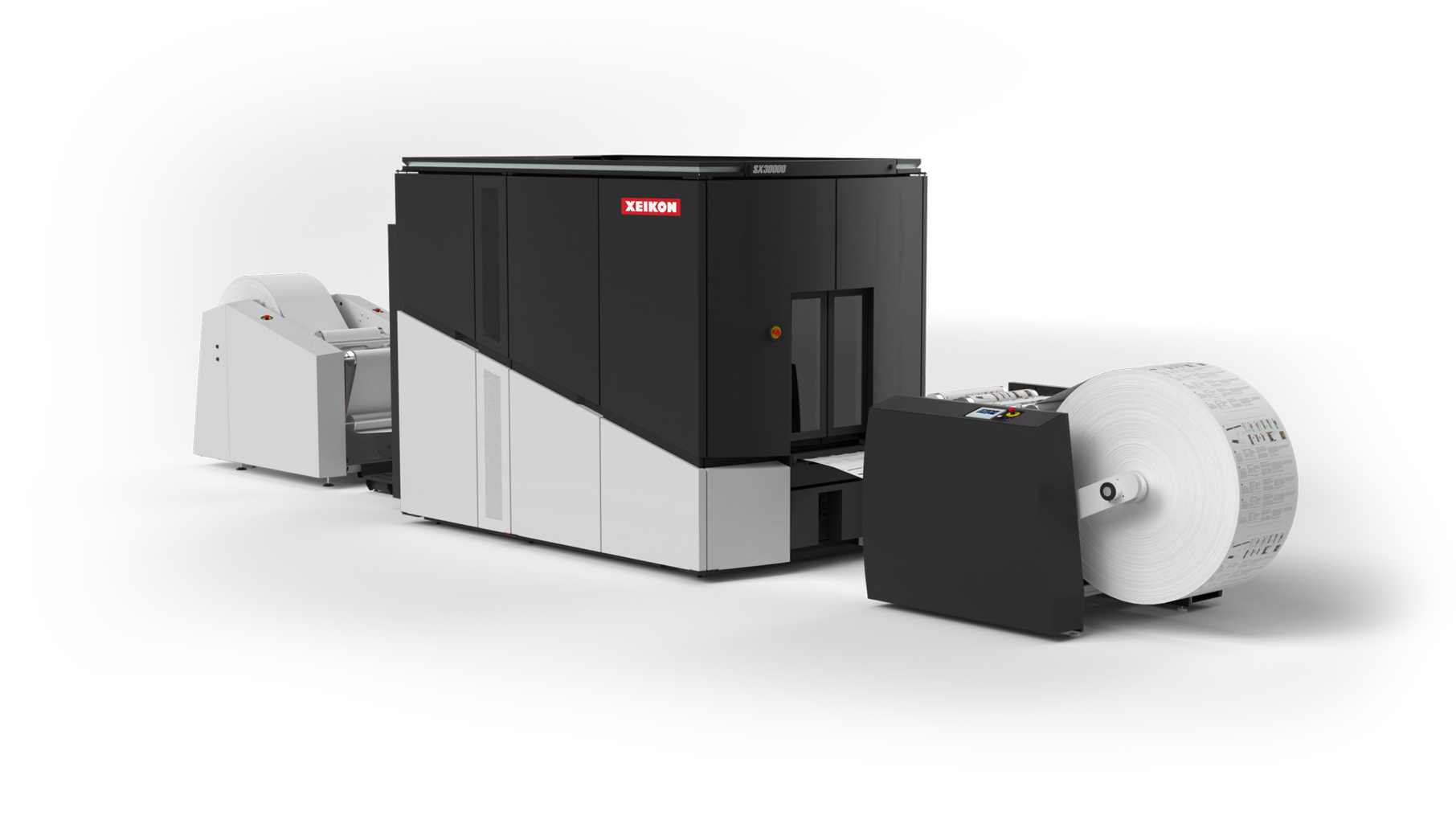By Dimitri Van Gaever
While often overlooked (and sometimes not even recognized) as a literary genre, coffee table books have been around for more than a century. Even in today’s screen-obsessed world, consumers find themselves mesmerized by the allure of the coffee table book.
Coffee table books
Clearly, there’s something about coffee table books that makes them stand the test of time ... So, what is it exactly that makes us stop in our tracks and gravitate towards these oversized photobooks whenever we come across one? There are several factors at play.
Adding a touch of class to any interior
The first coffee table books were printed in the early 20th century. Reserved only for the wealthy at first, they became somewhat more affordable in the post-war period thanks to rising middle-class incomes and decreasing printing costs. With typical subjects including art, travel and landscape photography, coffee table books were an ideal means for bourgeois households to add a touch of class to their sitting room. While coffee table books are more mainstream today, they remain a beloved means for giving any interior a chic finishing touch.
Coffee table books: an expression of the self
But coffee table books do more than just lie there and look chic: nowadays, they represent our personal style, tastes and aspirations more than anything else. The coffee table book demographic may be a diverse one, from the successful business woman who wants a statement piece for her office to the student who’s saving up for the next coffee table book on Henri Cartier-Bresson, but one thing holds true for all modern consumers who buy a coffee table book: their purchase defines and reflects their personality.
The power of print
The odd exception aside, we tend to fill our tablets and e-readers with low-brow interests and prefer inspiring collectables in the form of physical books. Ask yourself: when you have people over, do you show off your new coffee table book ... or the latest Stephen King on your e-reader? Well then. The consumer’s love for coffee table books, then, has everything to do with the power of print. For physical books deliver what digital media cannot: lasting objects of beauty to collect, behold and ponder over. However screen-obsessed we may be, nothing marks our acquired tastes more strikingly than the presence of real-life books in our favourite rooms.
We’re all children at heart
Remember how much you loved picture books growing up? Coffee table books are quite like that, drawing us in with large, eye-catching visuals that speak to our imagination. What keeps us interested as adults, though, is that coffee books don’t just lay out a story but challenge us to understand their structure, the way the pictures are organized and curated, and derive a deeper meaning from it. With each page we turn, a new layer is revealed.
Coffee table book production is booming
Recent developments in the field of digital printing equipment have made printing short runs more cost-effective. Xeikon’s SIRIUS presses are equipped to handle substrates of up to 350 g/m² and match offset quality yet come with much lower setup costs. Able to print extra-long formats, the book production suites are perfect for producing high-value, luxurious limited-edition photobooks on high-brow subjects like architecture, art, photography, fashion, ... Indeed, as Interquest confirms in its report on Digital Book Printing in Europe, the production of coffee table books is experiencing a boost:
Coffee table books are among the most common color applications for digital printing, next to educational and professional books. Coffee table digital book production continues to be a growing application.
www.xeikon.com
